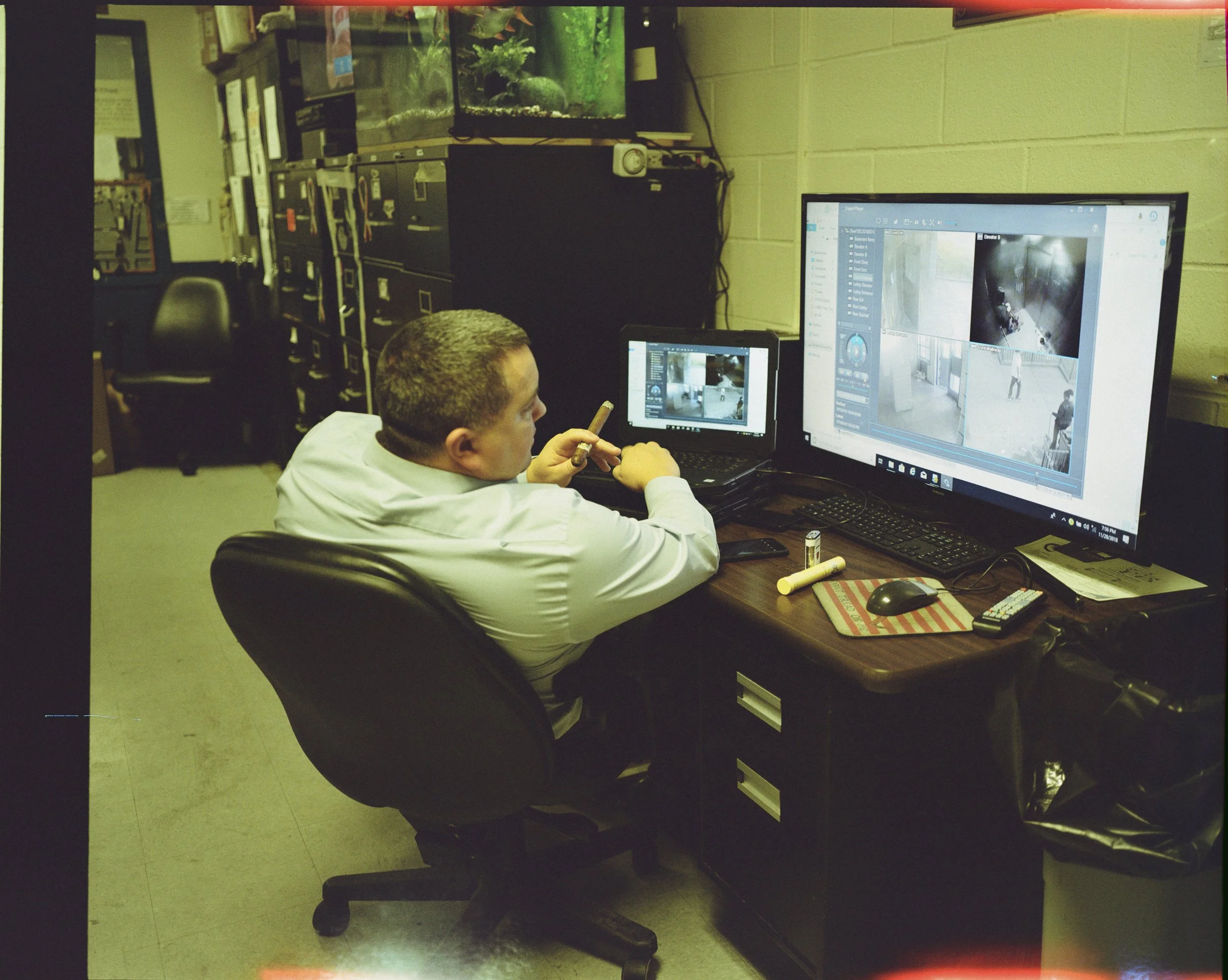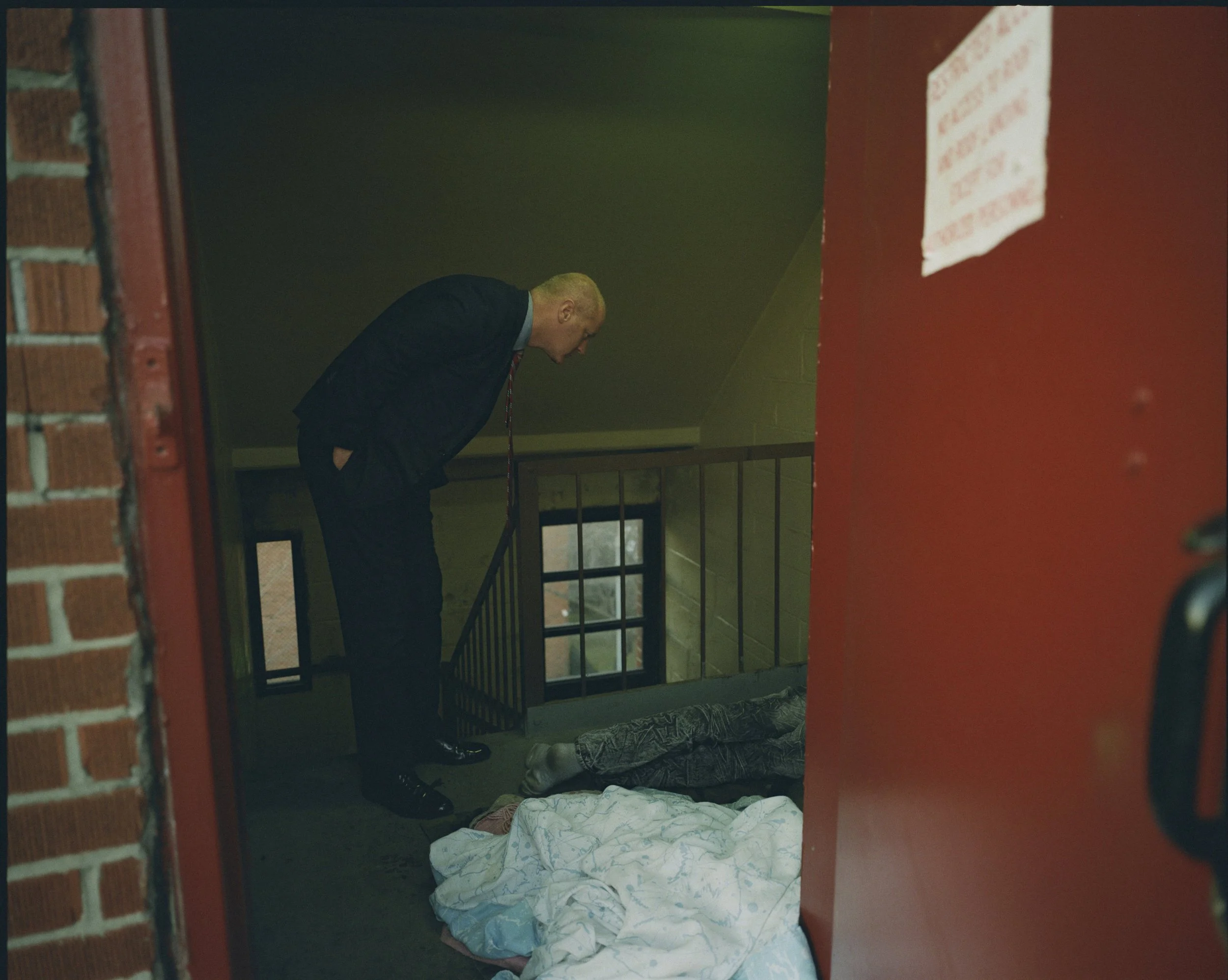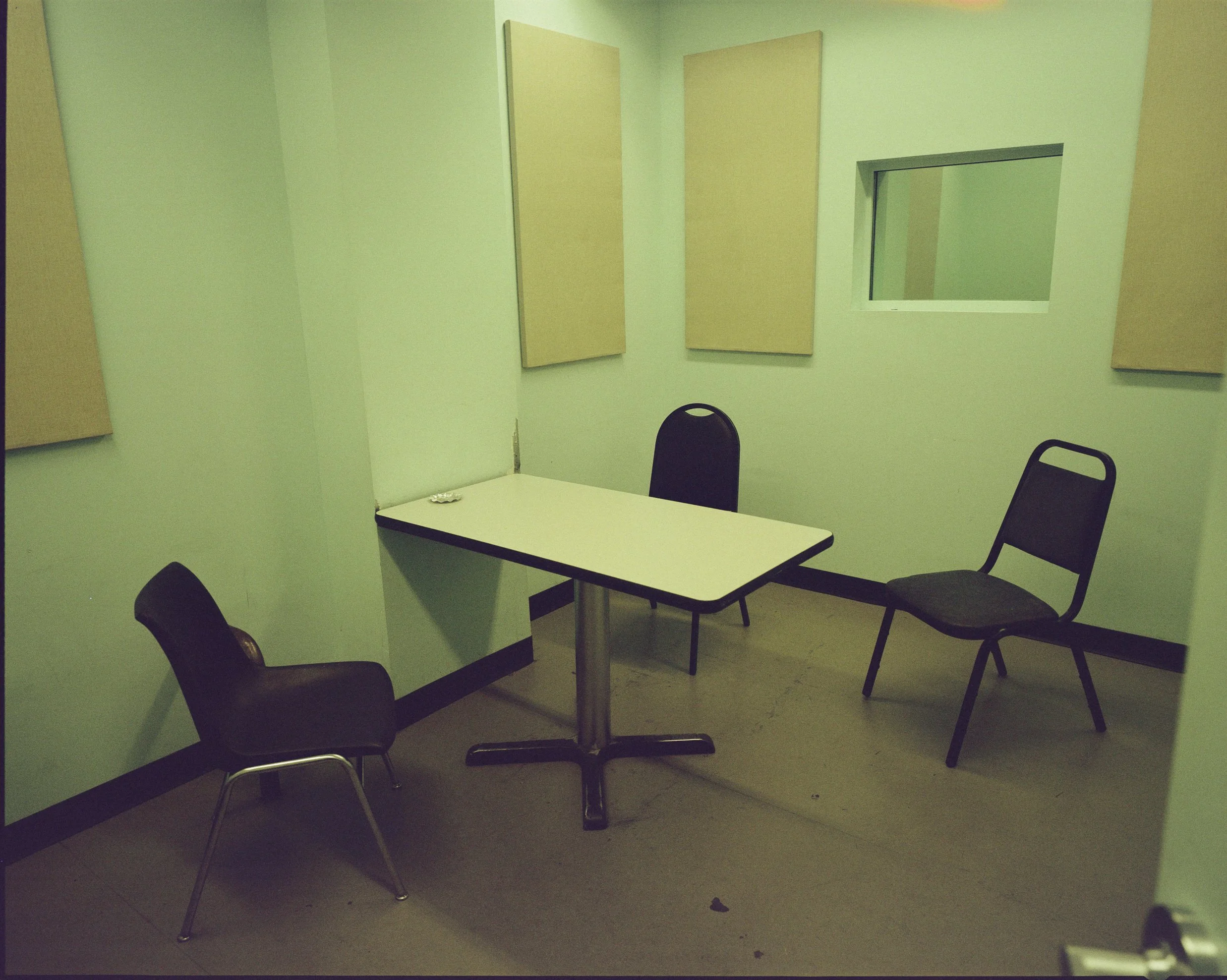Book Review: Homicide by Theo Wenner
Dets. Grandstaff and Jimenez return to the scene of a homicide. A male Allegedly attacked his girlfriend with an axe.
Copyright © 2022 Theo Wenner
Written by Stella Chu
Photo Edited by Christiana Nelson
Fine lines etched onto tired faces, bloody sneakers, empty chairs, linoleum floors, caution tape, curious neighbors, and dusty filing cabinets. Theo Wenner’s Homicide follows two years shadowing the detectives of the Brooklyn North Homicide department, New York City’s most prestigious homicide investigation unit, during a spike in murders from 2018 to 2019.
Wenner’s detectives are far from the glorified, high-tech guns-blazing ones we see on television. Stepping through the doors of the homicide department, the inside and outside of the building are decades apart, two different worlds. The yellowed-out photographs, shadowy casts and large cigars take us back to New York City in the eighties.
Sgt. Brennan at the office, reviewing security-camera footage.
Copyright © 2022 Theo Wenner
There is “nothing digital about blood soaking a pair of sneakers or smeared on an apartment floor,” writes Michael Daly in the foreword.
Homicide is leather loafers treading inches from blood splatters, fists pounding on doors, jotting miniscule details into worn out notebooks, silence at a stop light and loosened ties. It’s everything we don’t see.
The first photographer to be granted unprecedented access into the inner workings of the NYPD, Wenner manages to capture not the intense action expected of a career in being a homicide detective, but the moments in between. In one photo of a medical examiner grasping a pen, Wenner told Interview Magazine that she had come to the crime scene from a salsa class. “I remember she kept her pen shoved in the neckline of the dress she was wearing under her Tyvek white suit,” he said.
Det. Al Brust inspects a male victim shot in a stairwell leading to the building’s rooftop.
Copyright © 2022 Theo Wenner
Apartment living room where a woman was killed with an axe, allegedly by a jealous boyfriend.
Copyright © 2022 Theo Wenner
For Wenner, it’s about the small details. “It’s all the little things that add up to the subculture and traditions. It’s the way they wear their badge. Two cell phones in their hands at all times.”
Wenner dedicates an abundance of his film roll to capturing the mundane. Empty chairs in the interrogation room, leather loafers congregating among hushed whispers, the annual holiday party. “All the little things that become so interesting, and those tell the story.”
The crime-scene unit processes a small stairwell leading to a building’s rooftop.
Copyright © 2022 Theo Wenner
An empty interrogation room.
Copyright © 2022 Theo Wenner
When asked about the timing of the release, Wenner stated that Homicide is not meant to be political.
Anti-police movements have risen dramatically within the last decade, but Wenner’s works aren’t motivated by pro-police sentiments. Instead, it reminds us of the painstaking process of getting to the bottom of a murder. Homicide is meant to capture the small, lurid moments that encapsulate investigating the most serious crime of all.













